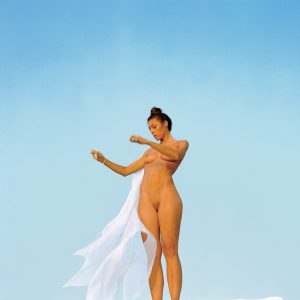Sewing to be with another, suturing, tying ours to another becoming, turning into sun or flower or tree or butterfly or lake, questioning and modifying identities and dissolving distances. Sewing with the subtle threads of affection, the needle provides an appendage to the skin to generate a new identity.
It is about living with another, horizontally abolishing hierarchies. They are external sculptures similar to prostheses that enrich, entering into symbiosis with the skin, allying themselves, lovingly infecting it. What is the purpose of maintaining an isolated self, having a strong image, defined in front of the world, but to delimit borders, to establish abysses.
To weaken that self, that is the goal. Contaminating myself with other"I's", thus establishing our self as a place of passage, of confluences, in order to provide the individual identity with a more fluid and reticular position, turning the self at most into a strategic locus.
“There is a whole social system that we could call the white wall black hole system. We are always pinned to the wall of dominant meanings, sunk in the black hole of our beloved Self. Wall in which all the objective determinations that fix us, that grid us, that identify us and that force us to recognize are inscribed… ” G Deleuze, C. Parnet.
This symbiosis is produced thanks to the fabric dermal sculptures. Using sewing, traditionally linked to the private and personal world of the feminine, as another artistic medium and making it occupy a public place such as the halls of a museum or a gallery. This instrument is already common in many contemporary artists, just remember Cosima von Bonin, Tracey Emin, RoseMarie Trockel ... or Alicia Framis.
We must not forget the importance of all the reflections on the roles of women in art, made by all feminist artists.
They claimed their place in "high culture" by denouncing the absurdity of craftsmanship, and with it sewing, remained a subgenre just because it was an activity to which female creativity was relegated for centuries.
With the vindication of artisan work as the forgotten terrain of the artistic activities of women in the home, the valorization or reconstruction of a little-known history of female productivity is proposed.
This syndrome of Penelope that Mapi's pieces embrace is quite different from the Penelope Homérica who waits and exists based on that waiting. She unwound herself not waiting for Ulysses but to be reborn to be, to metamorphose.
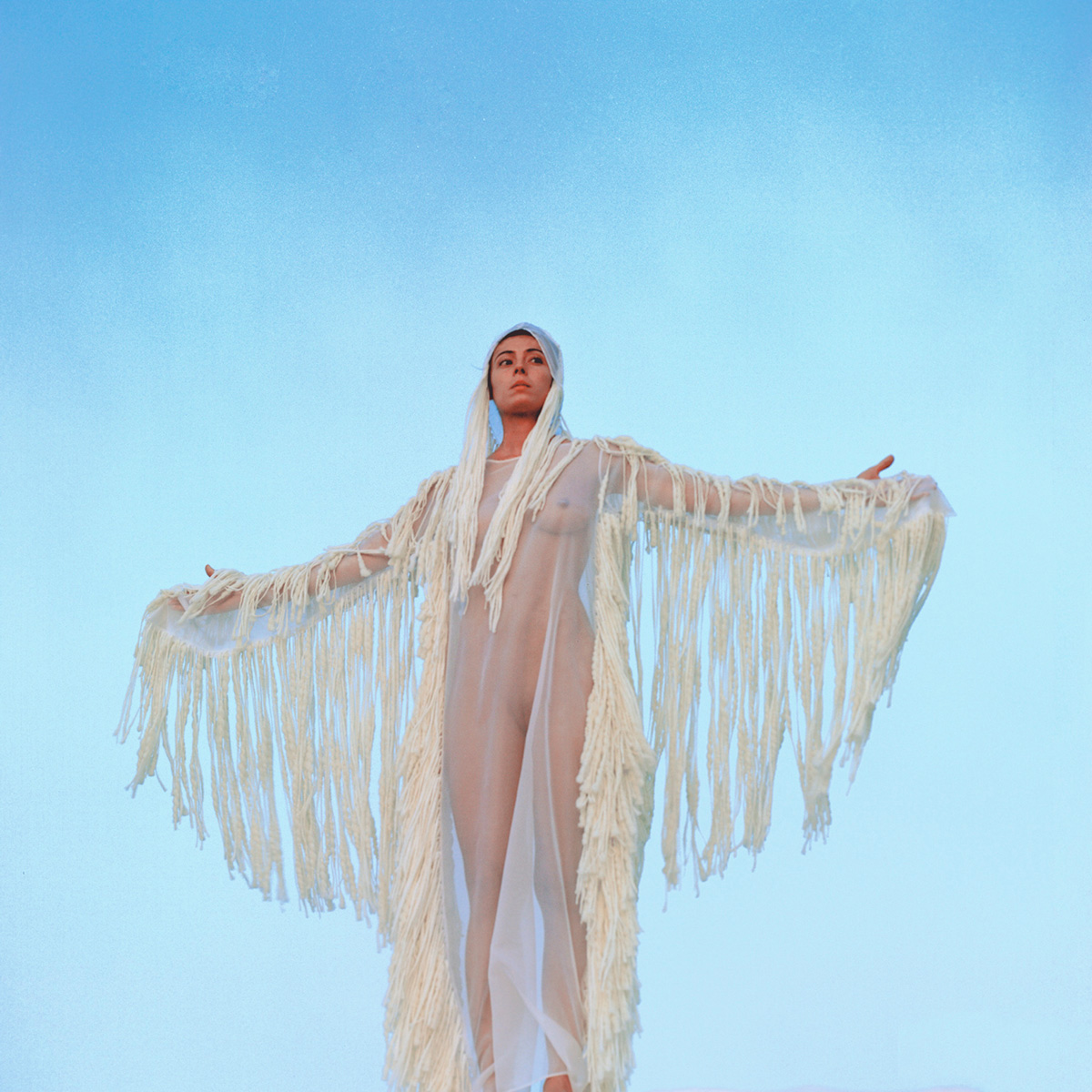 DES CO SER I. Fotografía analógica. 2003
DES CO SER I. Fotografía analógica. 2003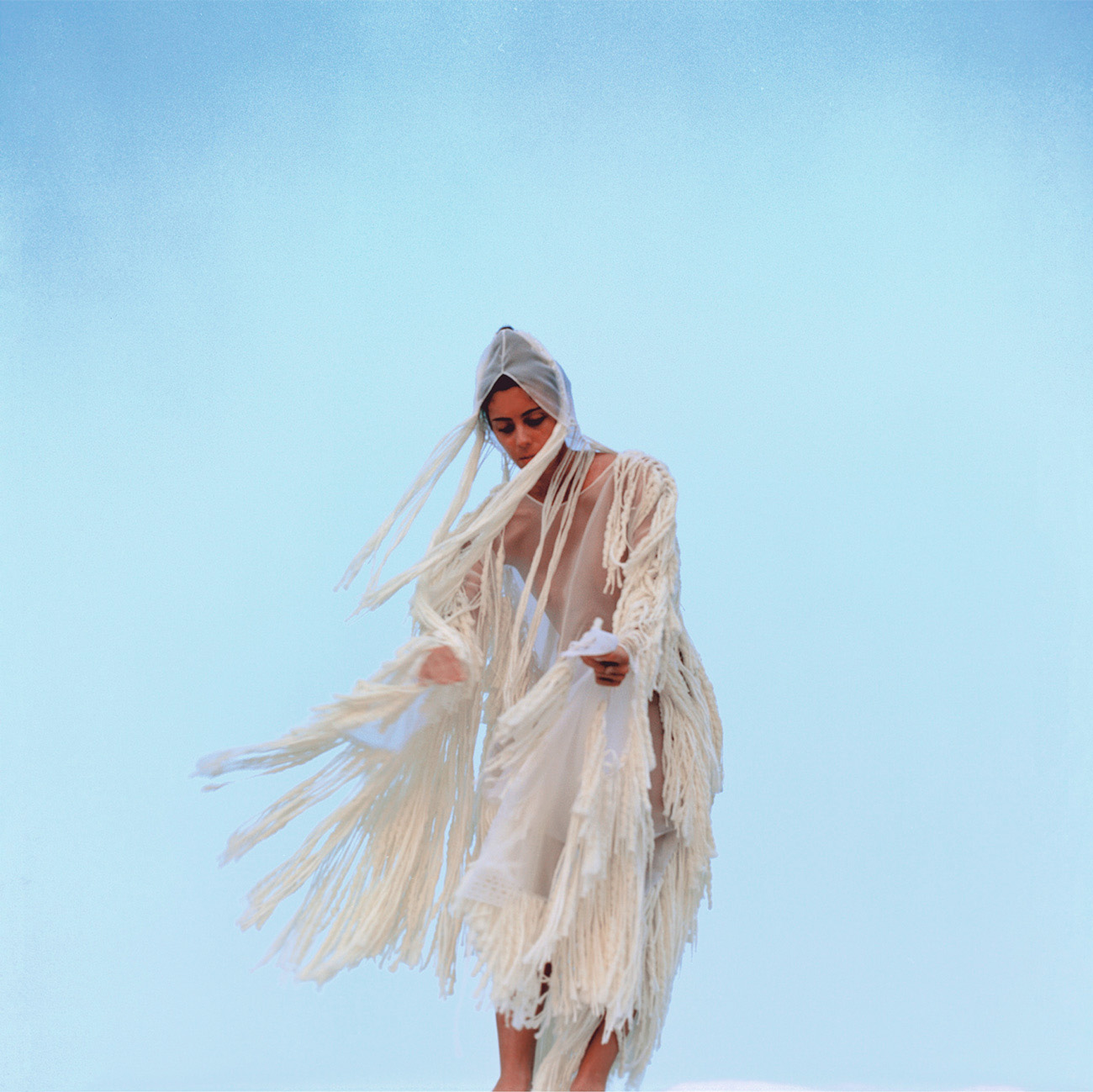 DES CO SER II. Fotografía analógica. 2003
DES CO SER II. Fotografía analógica. 2003 DES CO SER III. Fotografía analógica. 2003
DES CO SER III. Fotografía analógica. 2003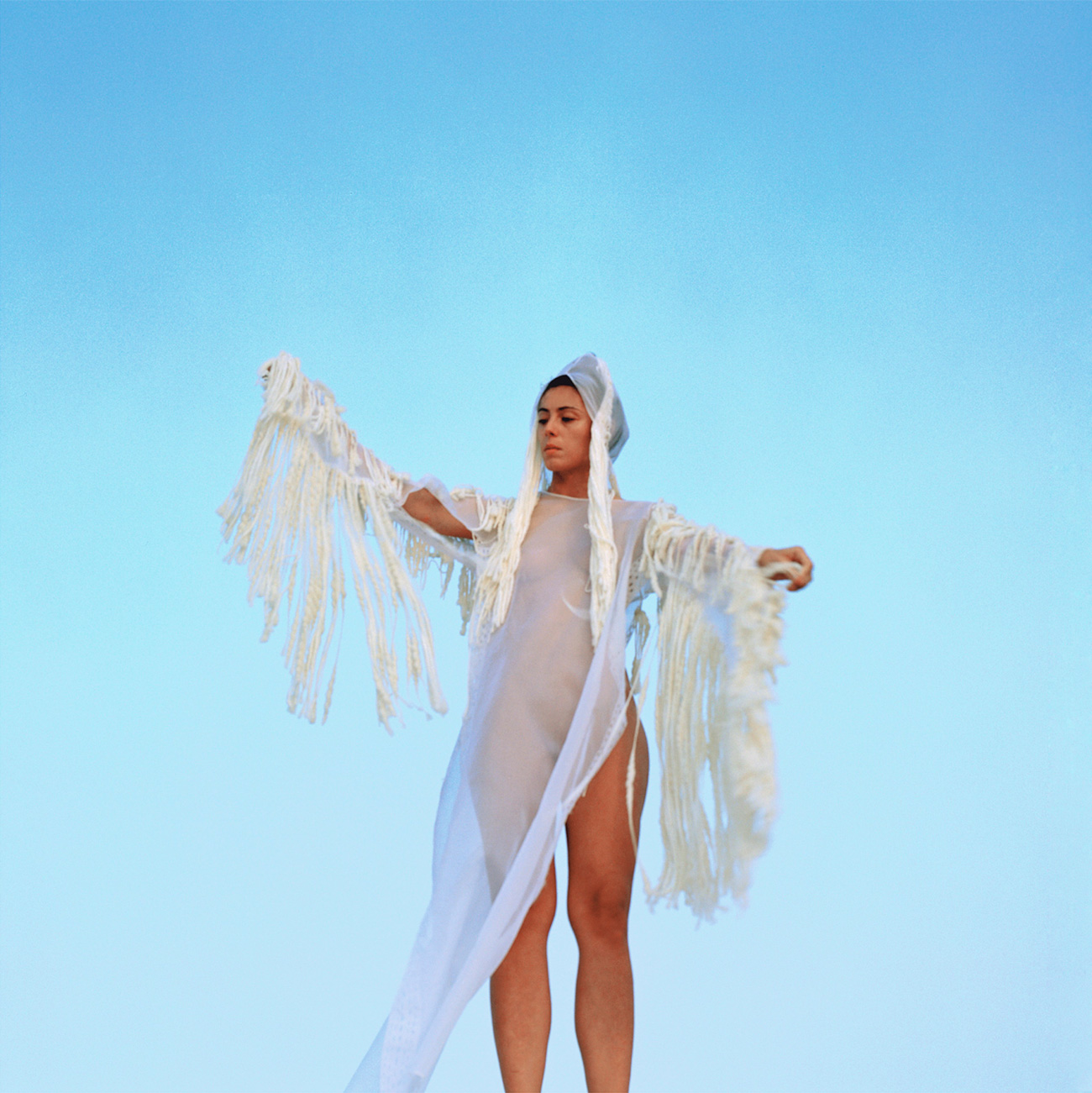 DES CO SER IV. Fotografía analógica. 2003
DES CO SER IV. Fotografía analógica. 2003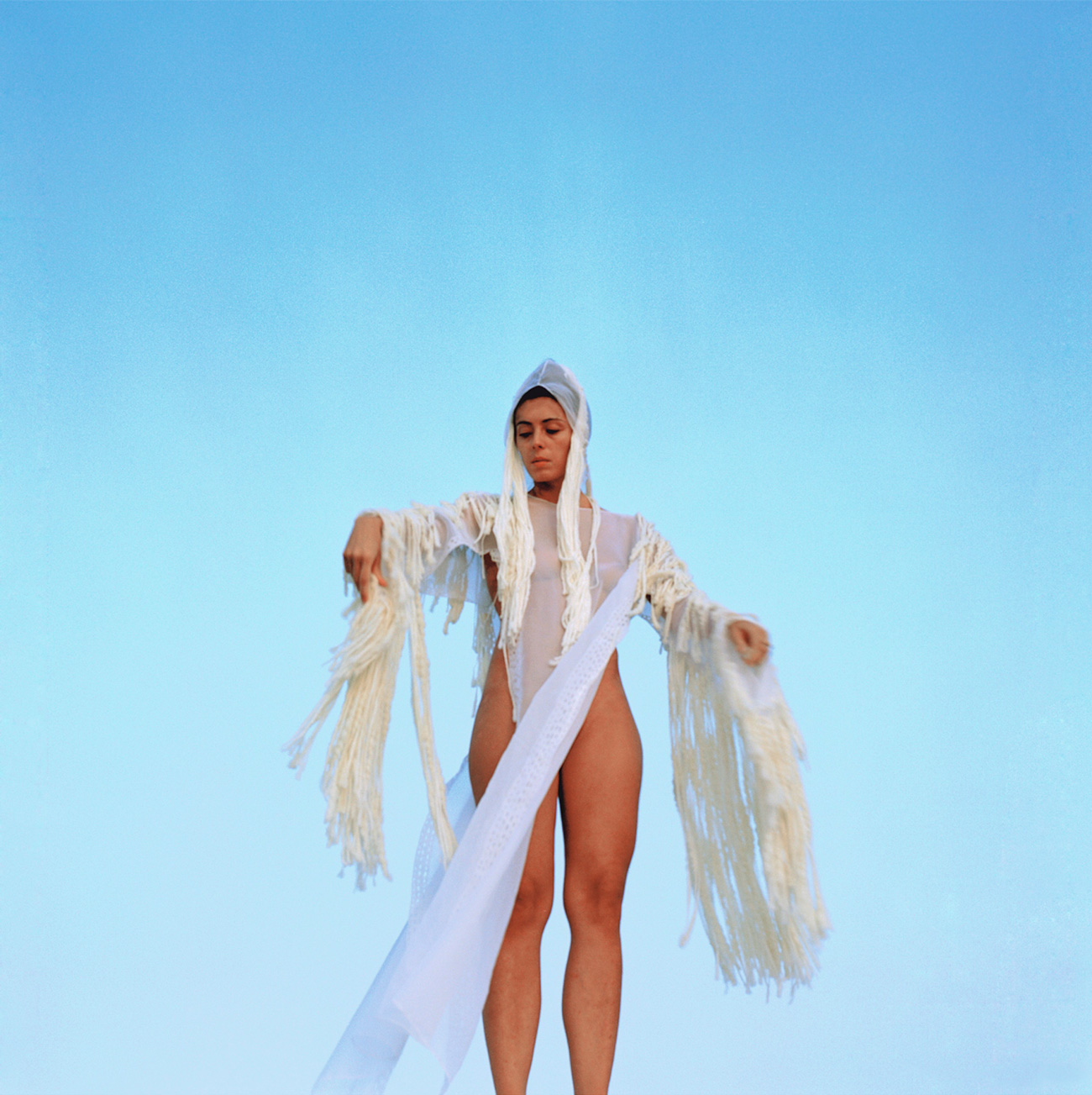 DES CO SER V. Fotografía analógica. 2003
DES CO SER V. Fotografía analógica. 2003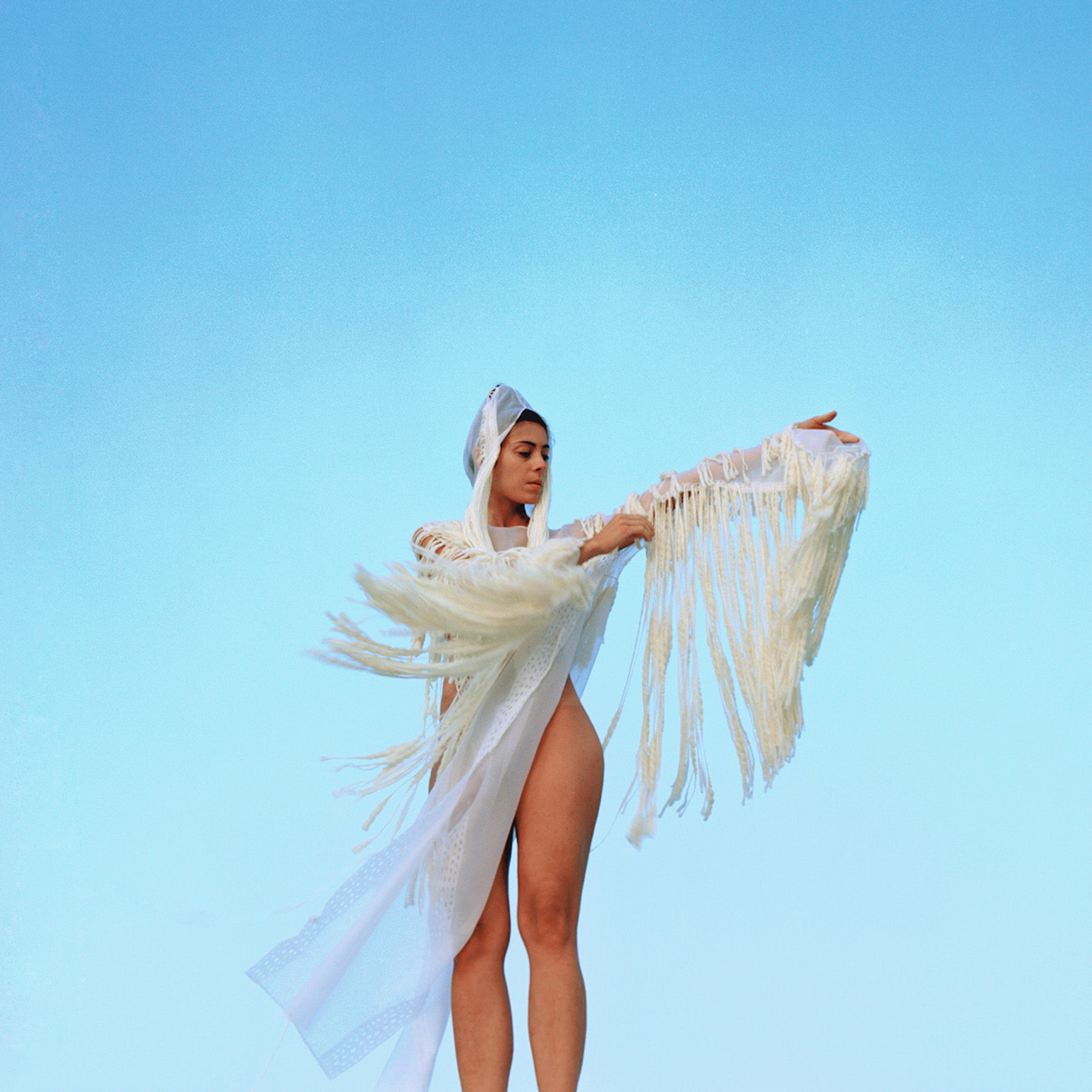 DES CO SER VI. Fotografía analógica. 2003
DES CO SER VI. Fotografía analógica. 2003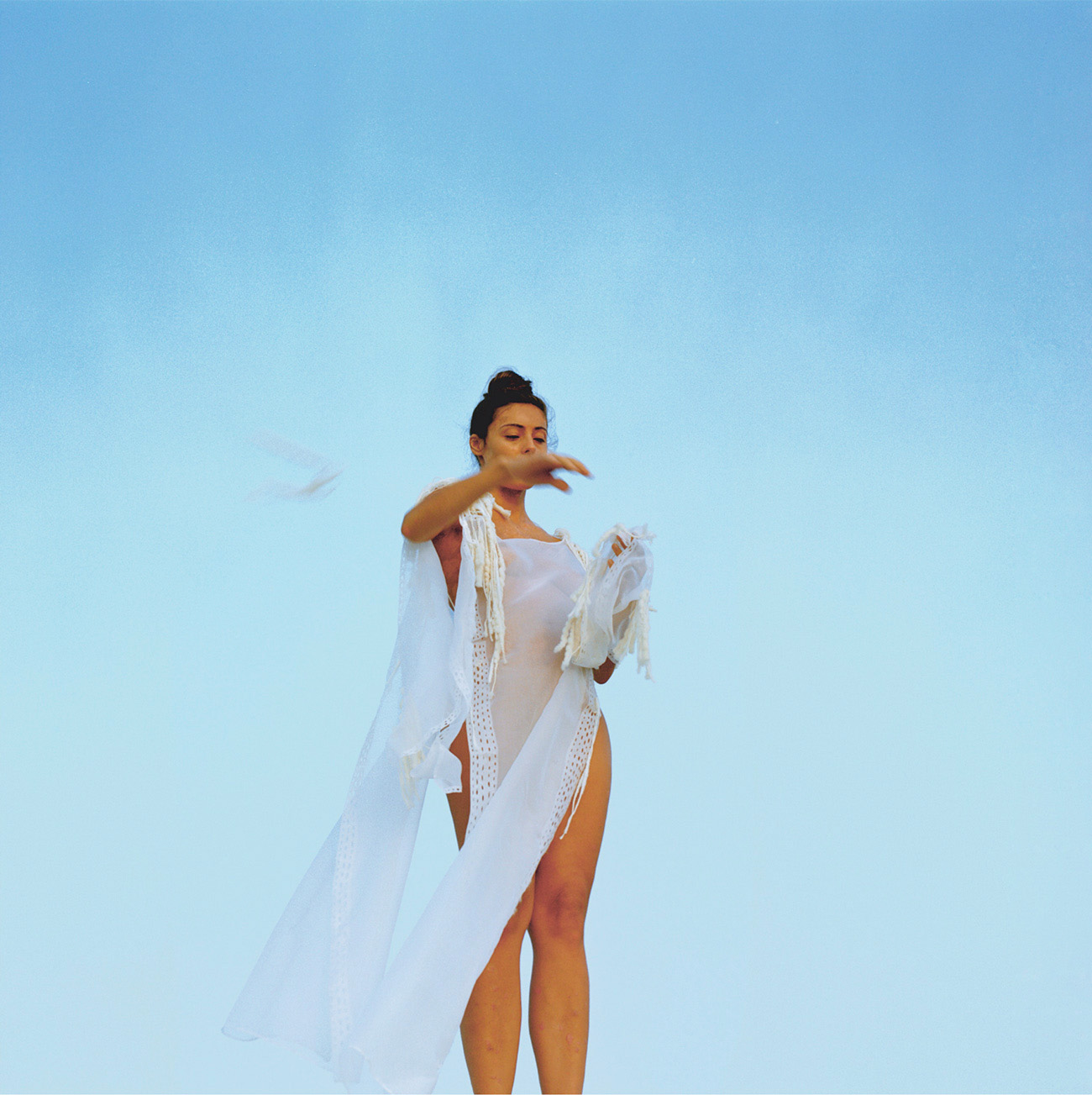 DES CO SER VII. Fotografía analógica. 2003
DES CO SER VII. Fotografía analógica. 2003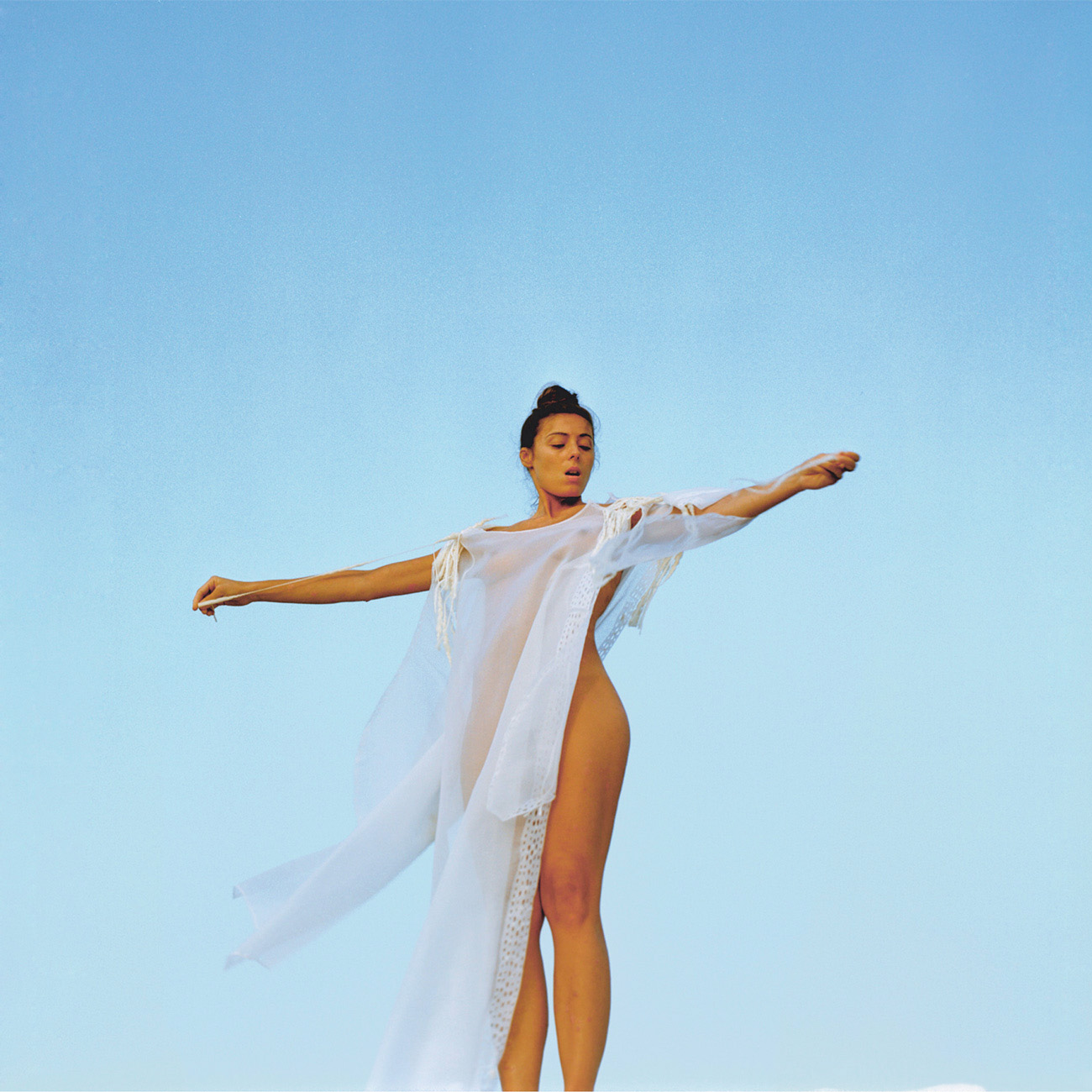 DES CO SER VIII. Fotografía analógica. 2003
DES CO SER VIII. Fotografía analógica. 2003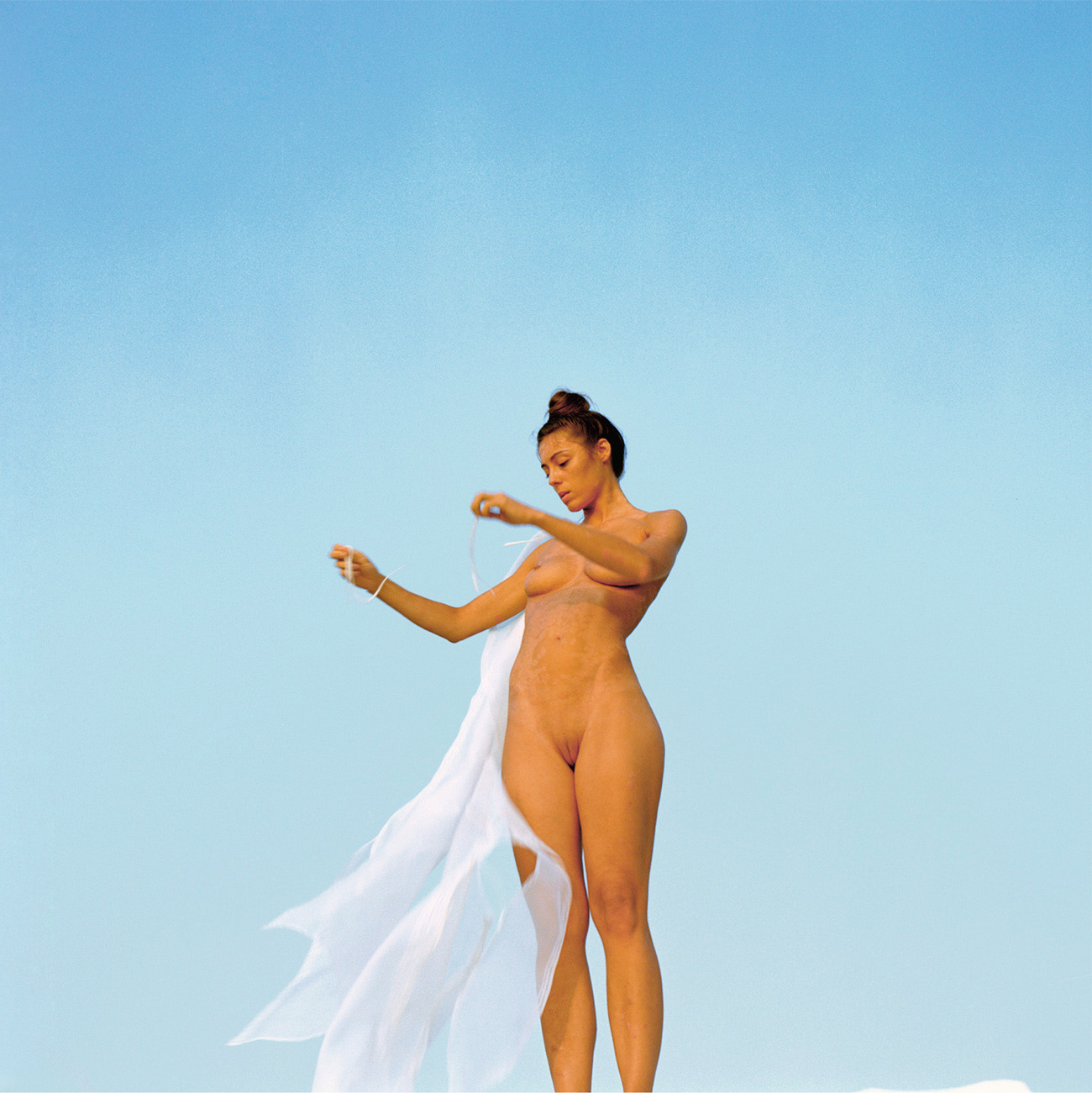 DES CO SER IX. Fotografía analógica. 2003
DES CO SER IX. Fotografía analógica. 2003







